Mostly Mute Monday: The Edge Of A Bubble Wall In Space
Where new stars and the matter they form from fight for dominance.
“People get cranky when you burst their bubble. Over time, advances in astronomy have relentlessly reinforced the utter insignificance of Earth on a celestial scale.” –Nathan Myhrvold
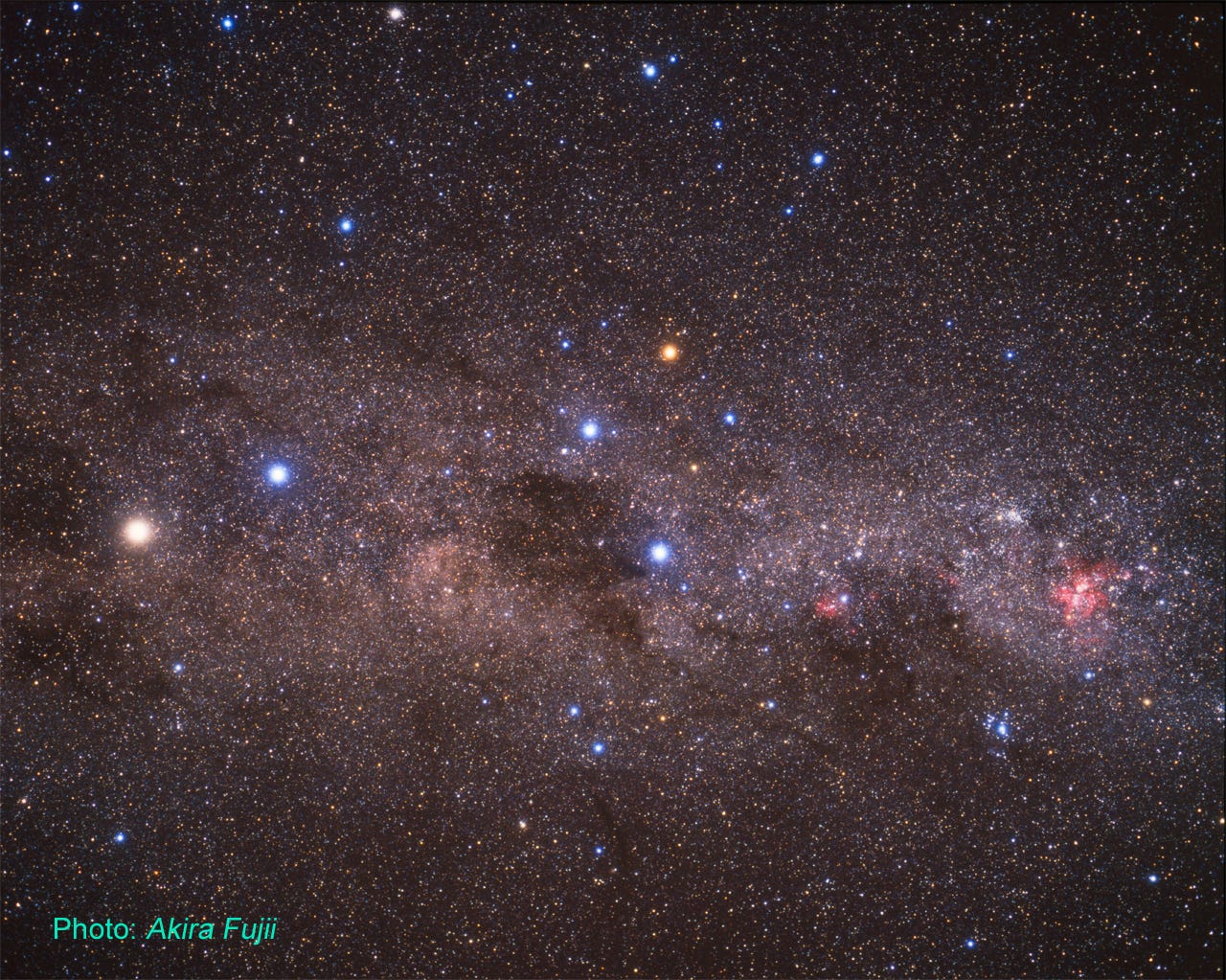
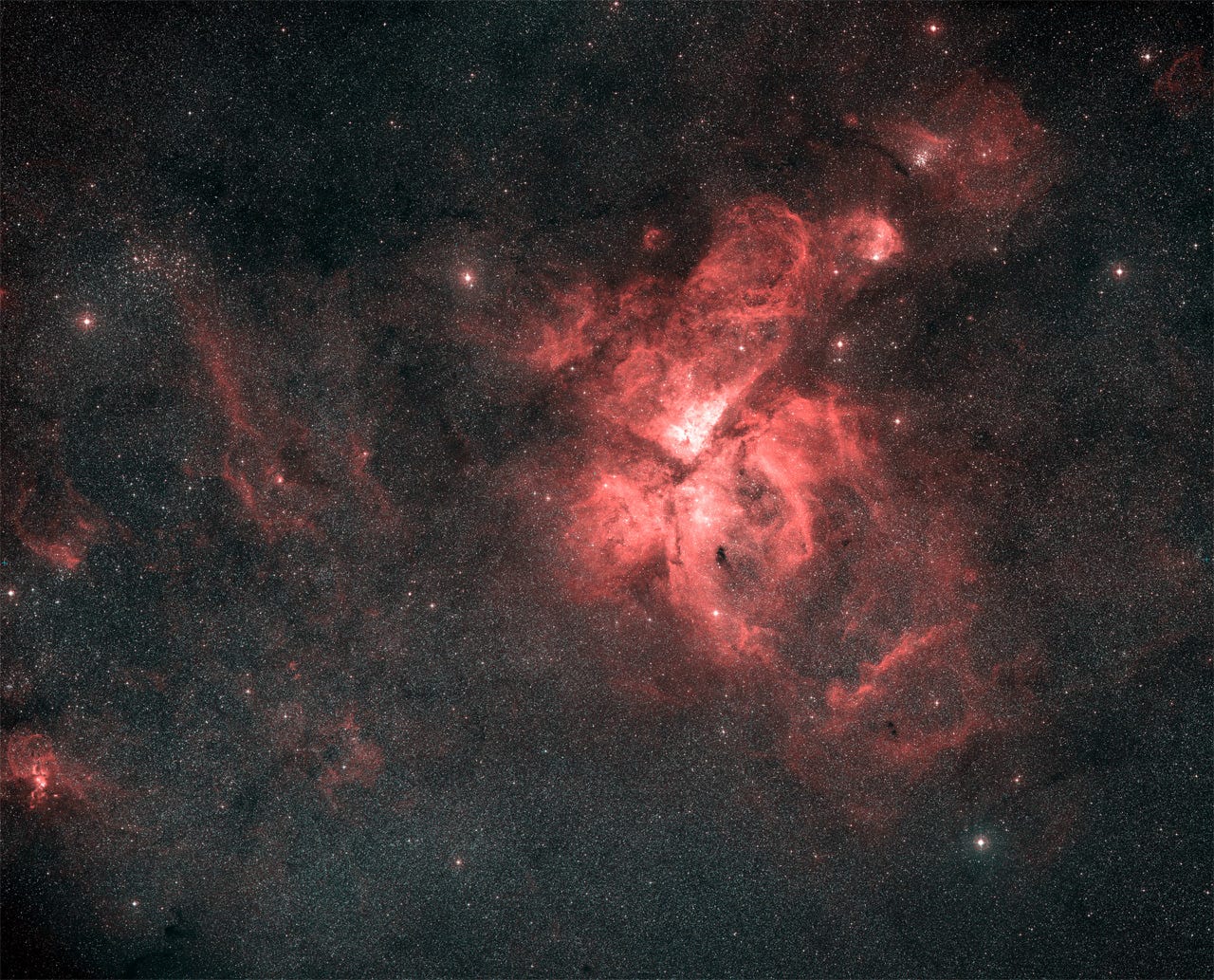
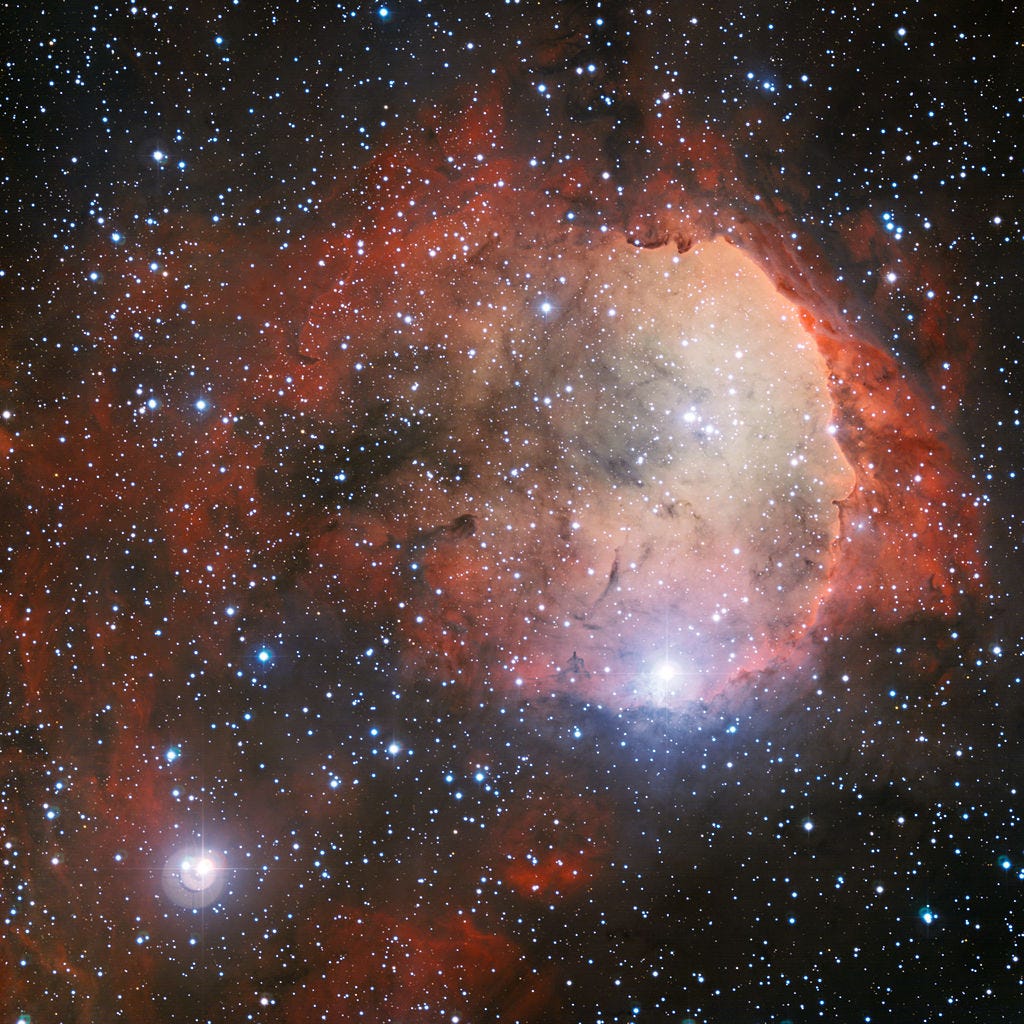
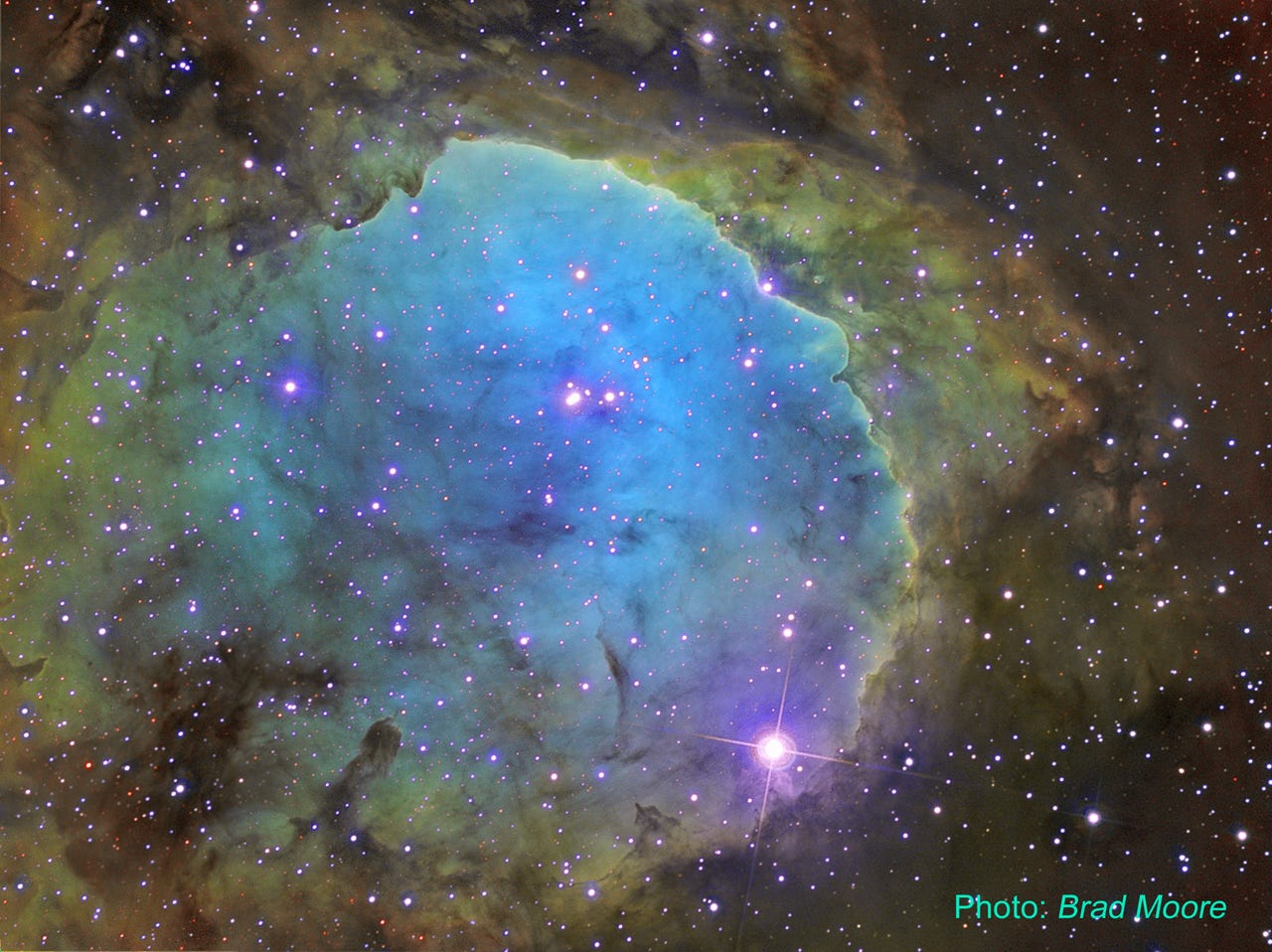


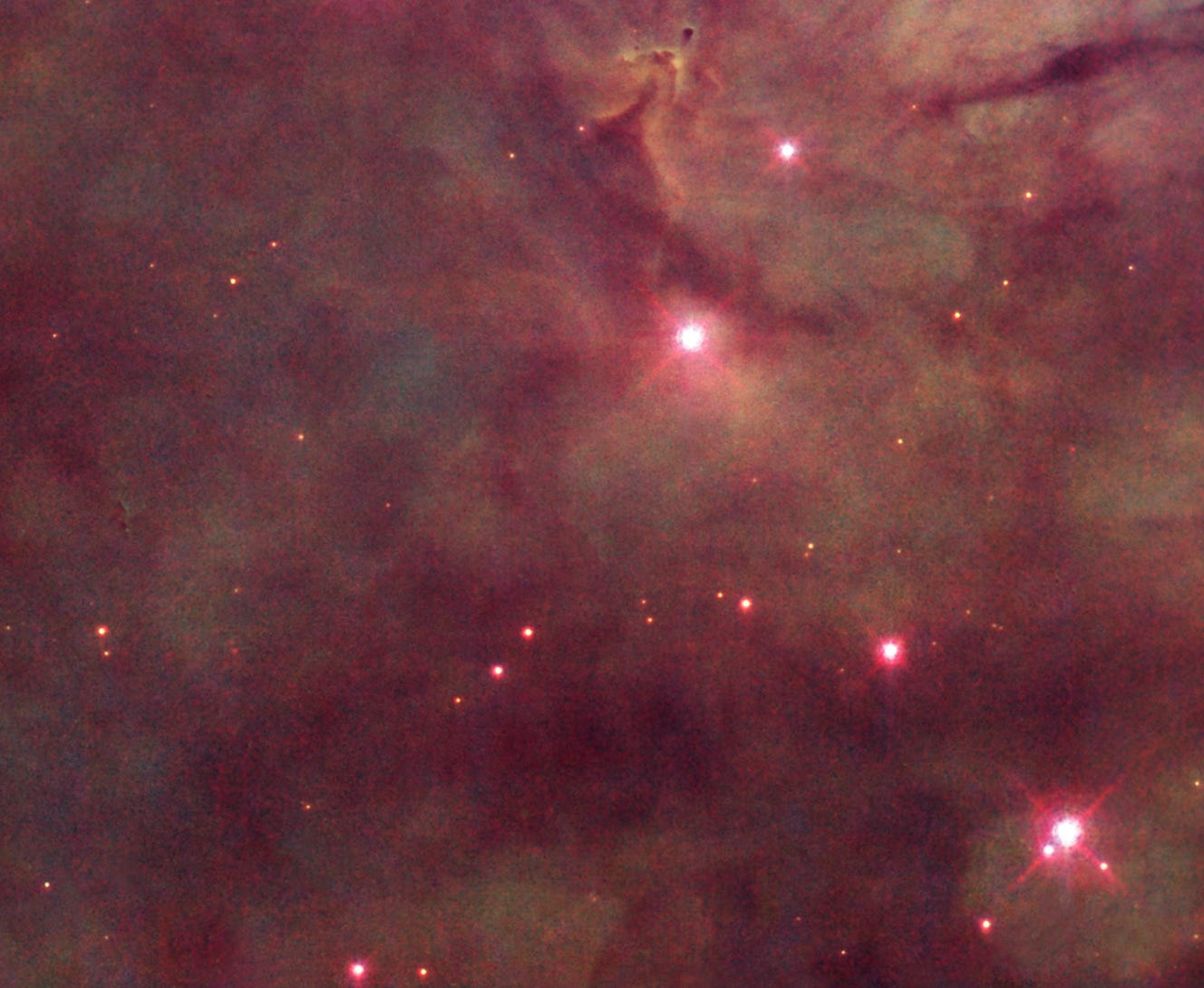
When large clouds of molecular gas start to collapse under their own gravity, that’s how the Universe forms new generations of stars. In the densest regions, the largest stars form, with their ultraviolet light then ionizing the space around, and evaporating the gas to further prevent the formation of other stars. This creates the shape of a great cosmic bubble carved into a gaseous nebula, like that shown here in NGC 3324, part of the Carina Nebula some 7,200 light-years away from Earth.

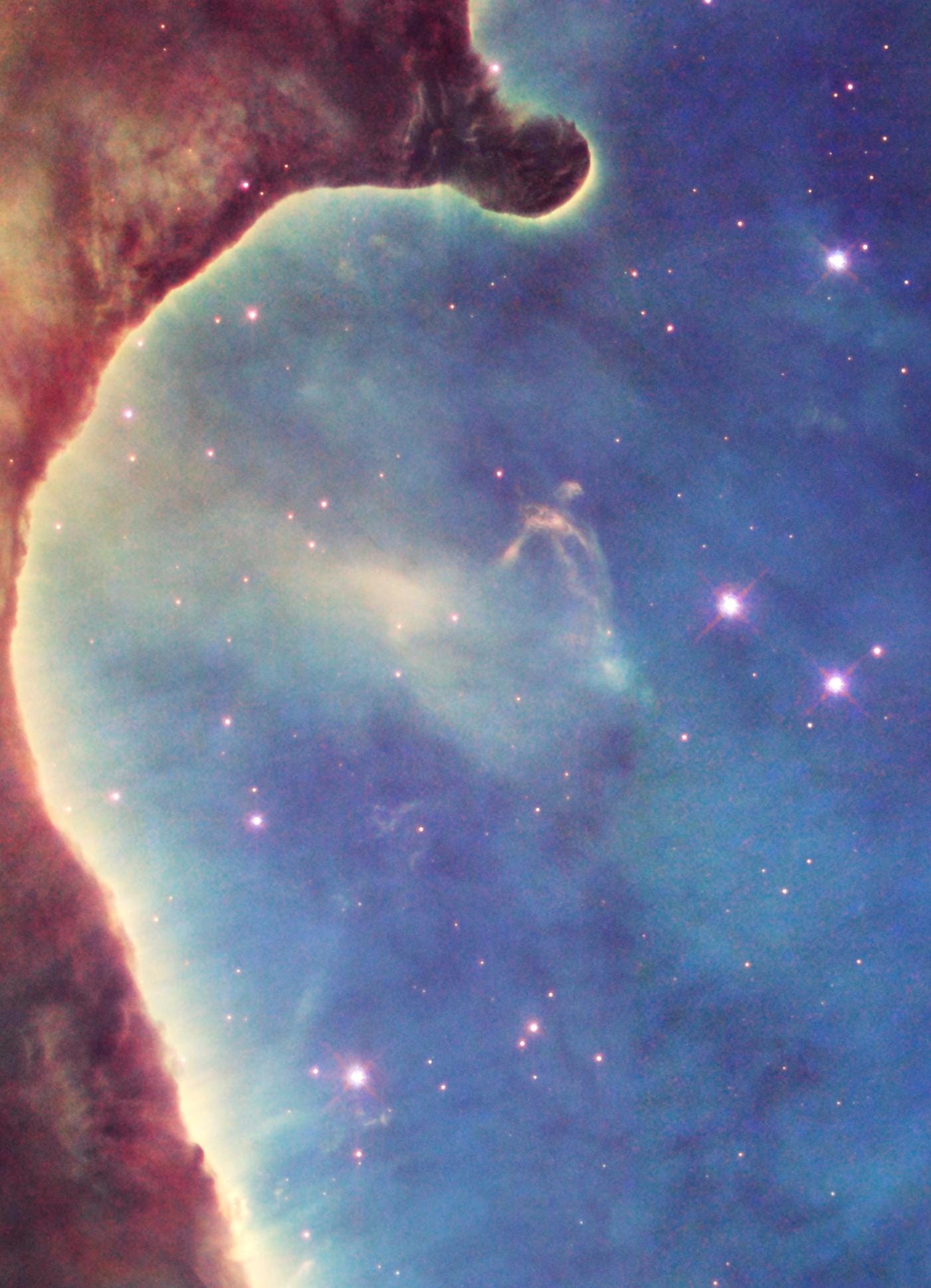

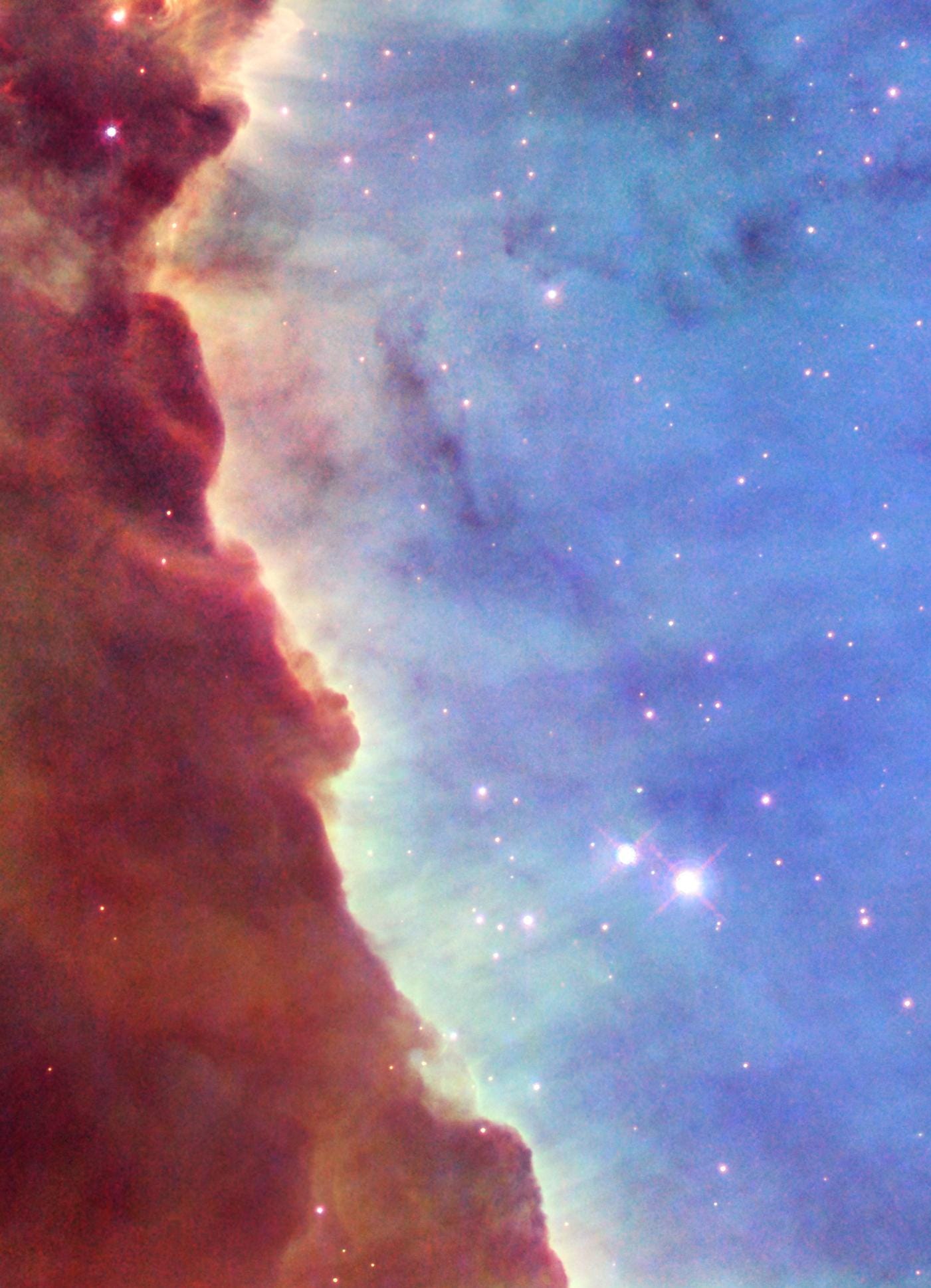
The region inside the bubble glows blue with the reflected light from stars, while the border of the bubble shows lots of different elemental signatures, including hydrogen, oxygen and sulfur, highlighted in this Hubble image in green, blue, and red, respectively. Over time, the neutral gas inside the bubble will completely evaporate, with the outer walls being pushed progressively outward, bringing an end to the formation of new stars. A complex as huge as the Carina Nebula, however, has been forming stars for tens of millions of years, and will likely do so for tens of millions more. Our snapshot of NGC 3324 shows the final stages of star formation in this particular cluster.
Mostly Mute Monday tells the story of a single astronomical phenomenon or object in visuals, images, video and no more than 200 words.
Leave your comments at our forum, and support Starts With A Bang on Patreon!




